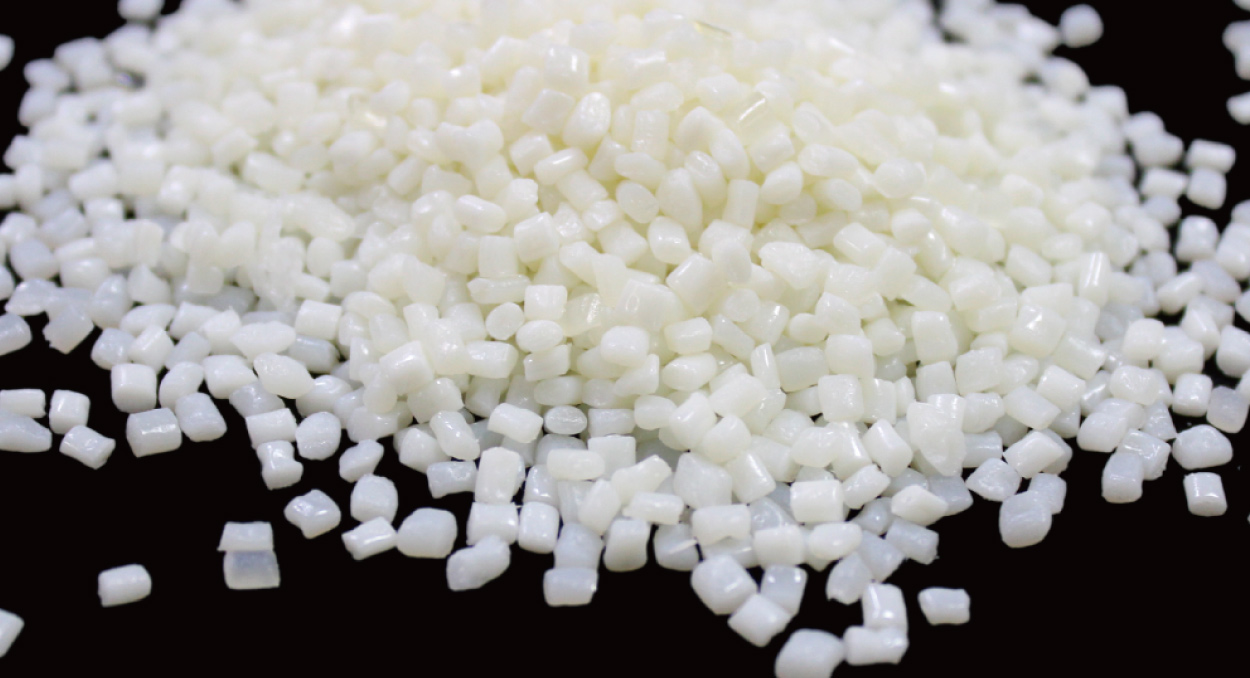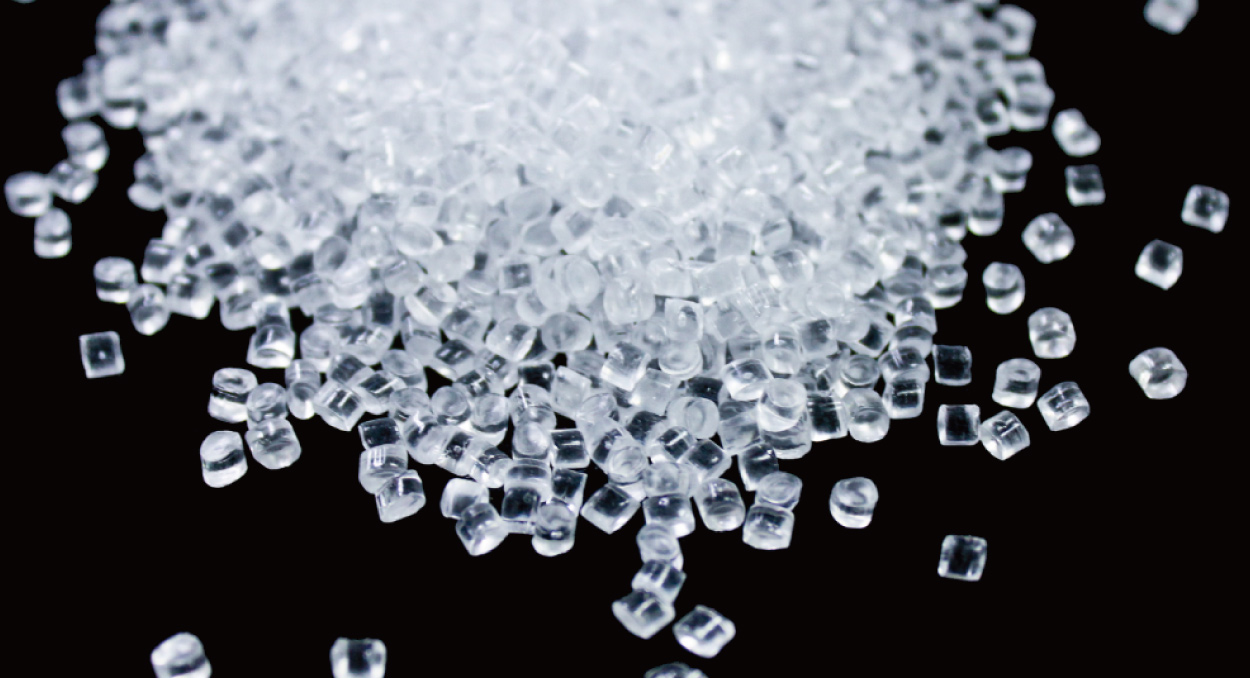Special Reports
Application and Processing of PET
PET is an acronym for Polyethylene Terephthalate, with density of 1.4kg/L., melting point Tm of 245℃/356˚F, melt temperature of 290~315℃/554~599˚F. When in pellet form, it has a density of 0.8~0.85 kg/L; In flakes form, it has a density of 0.35~0.4 kg/L. The PET is well known for the used in fibers for clothing, bottles for liquid, thermoforming for manufacturing.
Before processing all PET materials, we need to introduce some of its individual characters here:
Crystalline:
Most of the virgin PET from the material supplier should be in a crystalline condition. Which can be identified by non-transparent white color. In the crystalline condition, the material should be dried for 4~6 hours at temp. of 150~180℃/302~356˚F and dew point of more less than -35℃/-21˚F dehumidifying hot air.

Amorphous:
A transparent clear color identifies the non-crystalline PET material. In many cases, regrind PET is in amorphous condition, such as PET flake from a soda bottle. Amorphous PET should be crystallized by heating the material above the glass transition temperature (Tg) of 80℃/180˚F and agitating the material during softening status before drying the PET at the higher temperatures.
Otherwise, PET will form knots and worst-case sticks to the walls of a drying hopper, resulting in the change of drying hopper. The process of heated amorphous PET to crystallize PET may take up to one hour.

Hygroscopic:
All the known PET materials are hygroscopic. When the dried PET material in the storage bag is opened and exposed in the humid environment, especially the tropical area. They will absorb moisture from the air. The moisture changes the physical properties of the product produced. It is recommended to dry PET merely before melt processing to the moisture content of 0.005% (50ppm) or less.
Recycling PET
Recycled PET usually is in amorphous condition. It is advised to crystallize PET again before re-using again. In the industrial practice, it is recommended not to blend more than 25% of recycled PET to influence too much of the material intrinsic viscosity. However, production may blend up to 15% of amorphous PET with their virgin crystalline material and dry them without agitating the material.
In maintaining energy-efficient drying of crystalline PET, the airflow should be precisely controlled at 2.0~2.5 Nm3/hr.kg. The airflow must be less 0.4m/sec and good material mass flow of drying hopper. The process of organizing virgin nor recycled PET causes dust to form in the process. It is especially important to consider dust filtration in the process.
Special Reports
If you want to read other articles, back to2020 Quarter 1 Issue 39.
